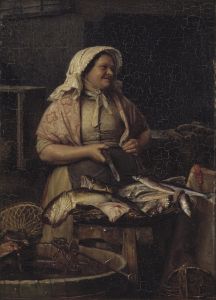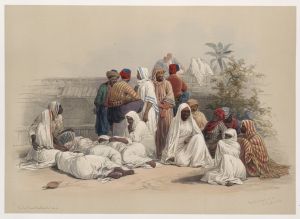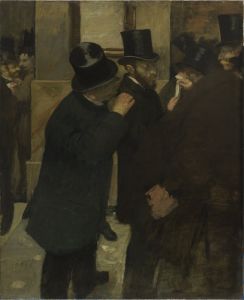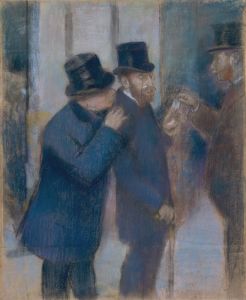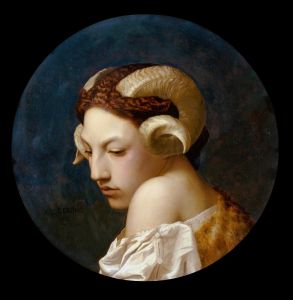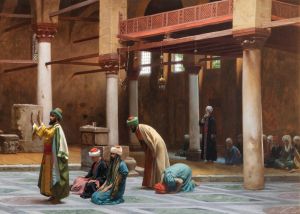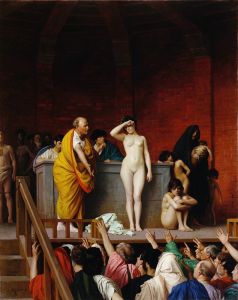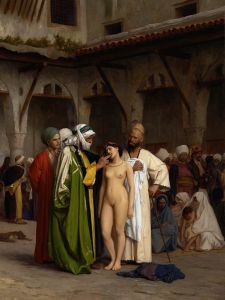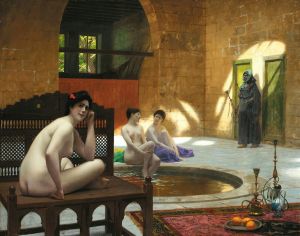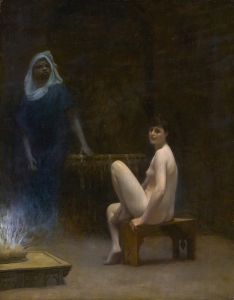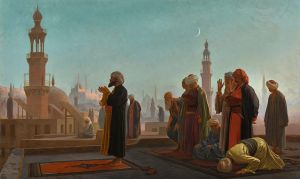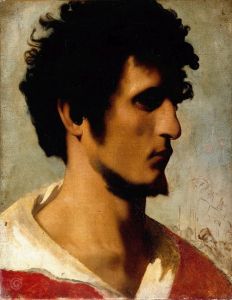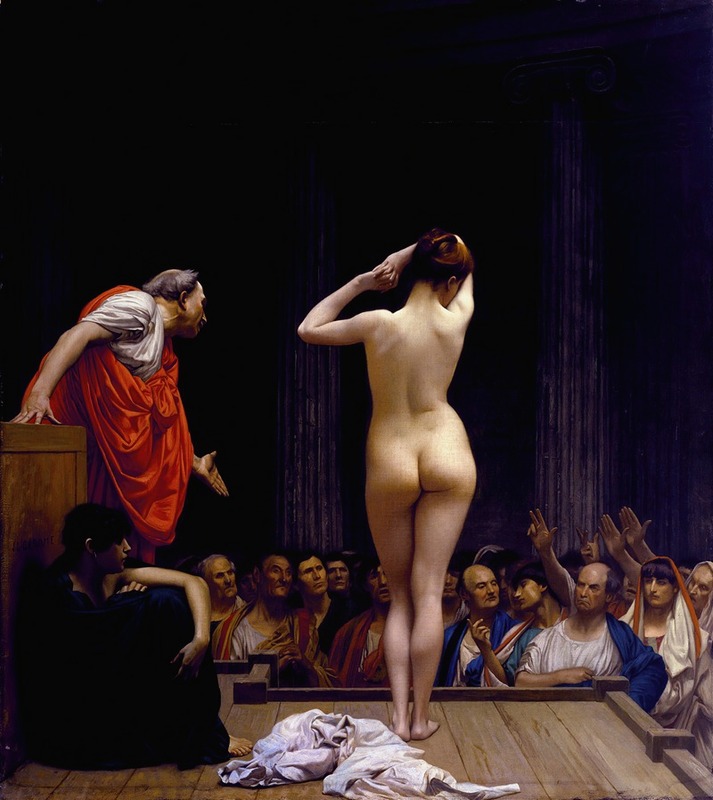
A Roman Slave Market
A hand-painted replica of Jean-Léon Gérôme’s masterpiece A Roman Slave Market, meticulously crafted by professional artists to capture the true essence of the original. Each piece is created with museum-quality canvas and rare mineral pigments, carefully painted by experienced artists with delicate brushstrokes and rich, layered colors to perfectly recreate the texture of the original artwork. Unlike machine-printed reproductions, this hand-painted version brings the painting to life, infused with the artist’s emotions and skill in every stroke. Whether for personal collection or home decoration, it instantly elevates the artistic atmosphere of any space.
"A Roman Slave Market" is a painting by the French artist Jean-Léon Gérôme, completed in 1884. Gérôme was a prominent figure in the 19th-century academic art movement, known for his detailed and historically themed works. This painting is a part of his series that explores themes of antiquity and the exotic, which were popular during his time.
The painting depicts a scene set in ancient Rome, where a group of people is gathered around a platform where slaves are being sold. The composition is meticulously detailed, showcasing Gérôme's skill in rendering textures and expressions. The central focus is on a female slave who stands on the platform, partially draped in a cloth, while potential buyers inspect her. The expressions and postures of the figures convey a range of emotions, from curiosity to indifference, highlighting the dehumanizing nature of the slave trade.
Gérôme's work is characterized by its precise attention to historical detail, and "A Roman Slave Market" is no exception. The artist conducted extensive research to accurately portray the clothing, architecture, and artifacts of the period. The setting includes classical Roman architectural elements, such as columns and arches, which frame the scene and add to the authenticity of the depiction.
The painting reflects the 19th-century European fascination with the ancient world and the Orient, a trend that was prevalent in art and literature of the time. Gérôme's works often evoke a sense of voyeurism, inviting viewers to observe scenes from a distant past or foreign cultures. This approach, while popular, has also been critiqued for its romanticized and sometimes stereotypical portrayals.
"A Roman Slave Market" is housed in the Clark Art Institute in Williamstown, Massachusetts. The painting is part of the museum's collection of 19th-century European art, which includes other works by Gérôme and his contemporaries. The piece is considered an important example of Gérôme's oeuvre and of the Orientalist genre, which sought to depict the cultures of the Middle East, North Africa, and Asia through a Western lens.
Jean-Léon Gérôme's work, including "A Roman Slave Market," continues to be studied for its artistic merit and its role in the broader context of 19th-century art. While admired for its technical skill and historical interest, the painting also prompts discussions about the representation of historical subjects and the ethical considerations of depicting sensitive themes such as slavery. Through his detailed and evocative style, Gérôme invites viewers to reflect on the complexities of history and the ways in which it is portrayed in art.





